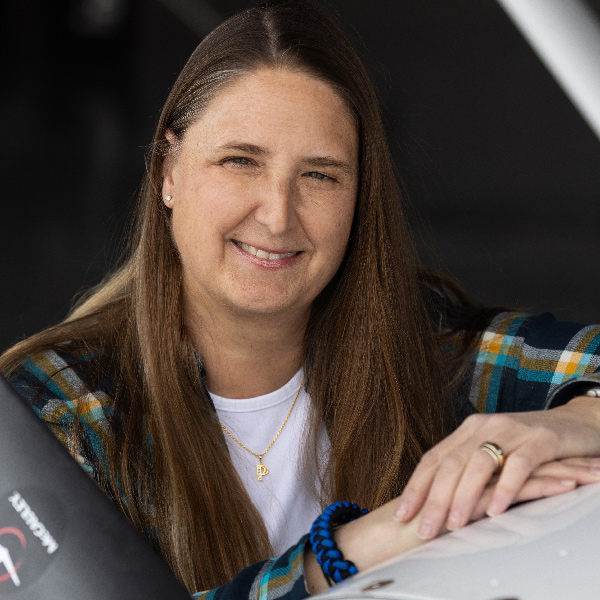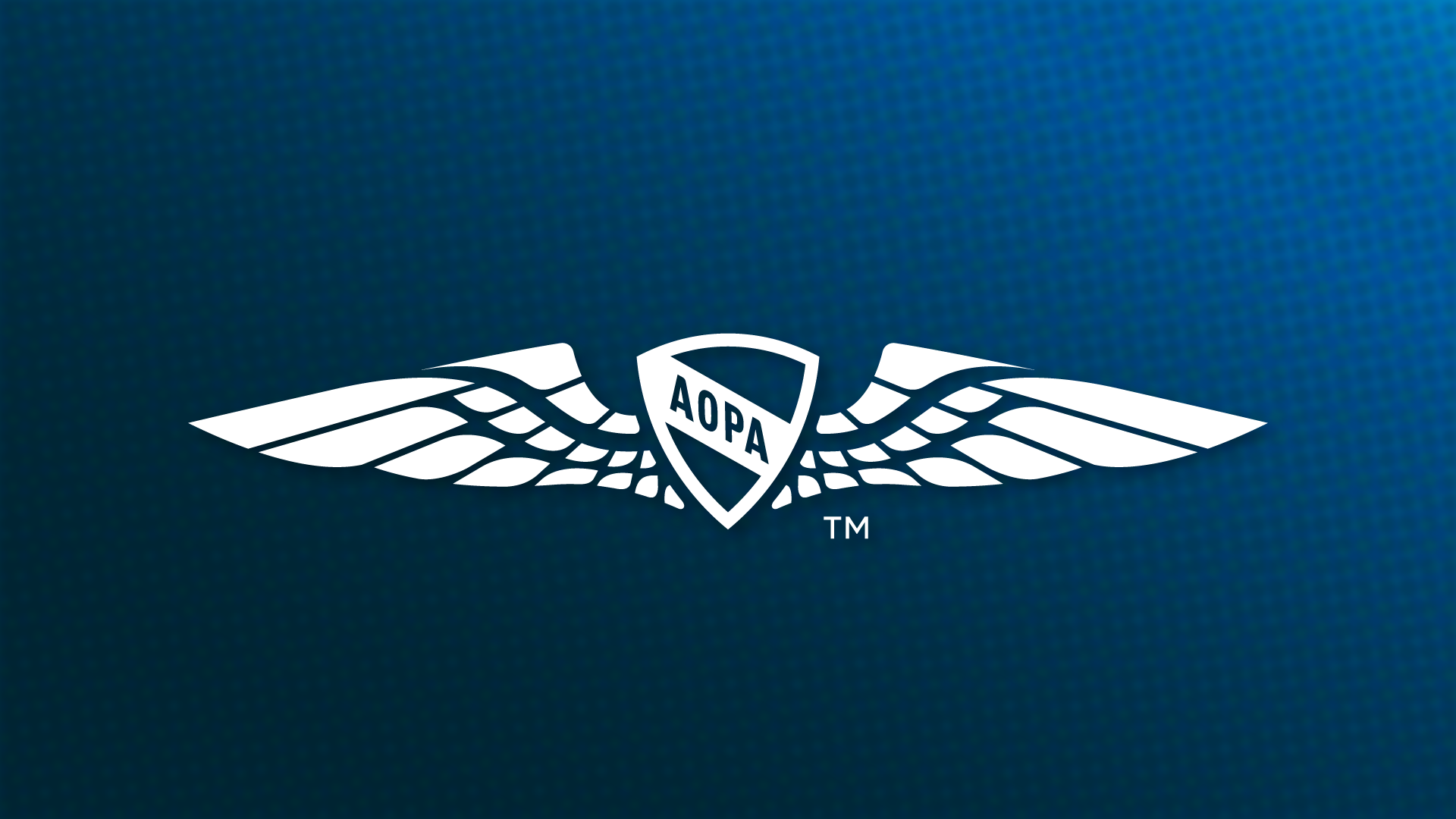Paris Air Show highlights
Small U.S. aviation suppliers shine at international expo

With the help of the U.S. Pavillion as well as state and regional economic development organizations, these companies’ executives are grateful for the opportunity to measure themselves against a global competitive landscape, and they learn a lot.
Almost 450 companies exhibited under the auspices of the U.S. Pavilion in Hall 3 this year, and more than two dozen states including Arizona, Kansas, Colorado, Virgina, and Florida offered some of their smallest aerospace companies a prominent place to make connections with customers beyond North America.
Kevin O’Shea, senior vice president for international trade at the Arizona Commerce Authority, said that companies from the state regularly participate in major airshows all over the world.
“We have 1,200 aerospace and defense companies, and the state’s presence is a trade export play for our companies, as well as for foreign direct investment in the state of Arizona,” he said. “Here, our small and medium-sized companies are looking to grow their opportunities in the European market.”
Vanessa Christie, CEO of Prevailance Aerospace, came to Paris with the support of the Virginia Economic Development Partnership.
“The intent is to get Virginia companies to interact and serve in a more global realm, and for us to sell our services to a more international community,” she said. “We know that 92 percent of the buying power in our world is outside of the U.S. So, we are just trying to leverage this opportunity.”“The value of coming to the international show is that you are able to meet with so many people in a short amount of time,” said Ed Ball of MFCO.
Prevailance specializes in upset prevention and recovery training (UPRT) for pilots. The firm is one of just two Part 141-certified schools for upset prevention and recovery training, and is based in Chesapeake, Virginia.
“I want to get the corporate flight departments here in Europe who are currently doing this training to do it in Virginia, with us. The programs are remarkably similar. EASA and ICAO have very similar requirements tied to UPRT. Anything they are doing, we are also already doing, and it’s an opportunity to diversify our portfolio.”
“The value of coming to the international show is that you are able to meet with so many people in a short amount of time,” added Ed Ball, senior vice president of sales and marketing for Wichita-based MFCO. MFCO provides aerospace finishing products and services to the general aviation industry.
“It’s also about talking to people in the industry maybe you’re not going to do business with, but they know a lot of things that you don’t.”
Another benefit is, well, just snooping around.
“We talk to competitors, and yes, we nose around see what they’re doing, and make sure we are ahead of the game,” he said.
But is there a real and tangible return for smaller companies to make the long trek to Europe? Brian Bement, chief pilot at Aircraft Lighting International, thinks so. His company builds aircraft lighting solutions for all kinds of applications on commercial, military, and general aviation aircraft, and is based in Long Island, New York.
“Typically, we do see revenue that is generated from our investment in these shows,” Bement said. “It is worth it. It gives us recognition, it gets us out there, and it gets us exposure. People come to us with a problem, we talk about it here. We see a return on our investment probably within a year.”
Thomas Simon, CEO of Aero-Tech Engineering, a supplier to Textron Aviation, says he’s noticed a lot of consolidation that is transforming the competitive environment for smaller companies like his.
“I’m seeing a lot of smaller companies that that have been swallowed up into something larger, which gives them a bigger footprint, and a bigger marketing team,” he said.
“Our presence at the annual international airshow has grown every year,” said Cynthia Wentworth, executive vice president at Greater Wichita Partnership, the economic development agency that supports 10 counties in south-central Kansas.
“We are the air capital of the world. We want to introduce people to the region, and it’s fun to see the surprise on their faces when they learn about how many professionals we have working in the industry there.” 





